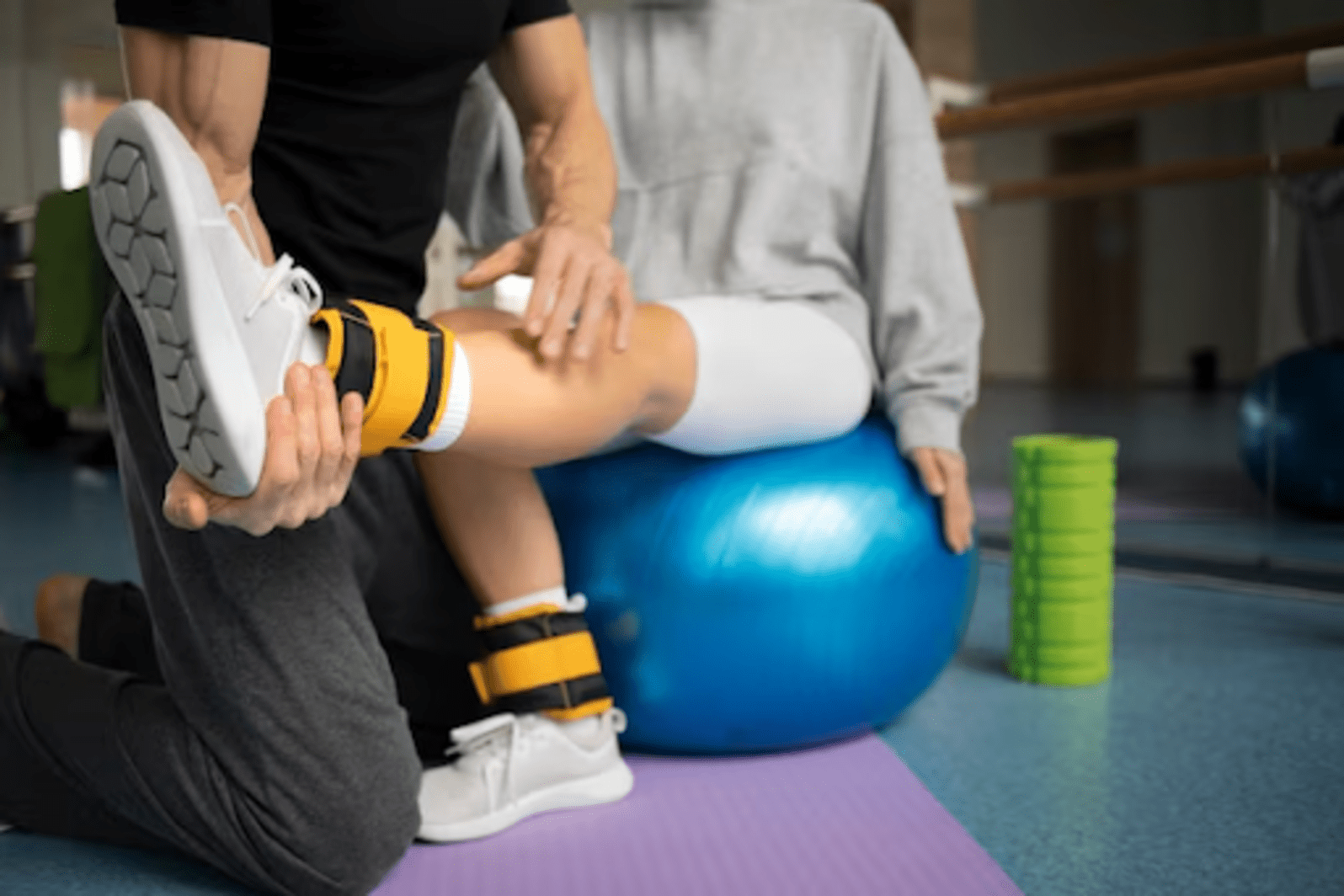Participating in sports offers health benefits. It also comes with the risk of getting injured. Whether you are an athlete or an enthusiastic amateur experiencing sports injuries is something we all share.
However there is an aspect to this situation; physical therapy plays a role in the comprehensive treatment and rehabilitation of these injuries.
In this article we will explore how physical therapy serves as a cornerstone in the recovery process helping athletes get back to their peak performance.
1. Understanding Sports Injuries
From sprains and strains to fractures and ligament tears sports related injuries can vary widely in terms of severity.
Physical therapists from PHYSIOPROS have specialized knowledge about the mechanics of sports. How they stress our bodies. This expertise allows them to create rehabilitation programs that address the challenges posed by each type of injury.
2. Immediate Care and Assessment
When a sports injury occurs, receiving appropriate care is crucial. Physical therapists play a role in assessing the injury from the start, often working alongside other medical professionals.
They assess the severity of the harm and pinpoint factors that may pose risks and develop a plan for treatment. This prompt action lays the foundation for the following stages of recovery.
3. Pain Management Strategies
Sports injuries often come with the burden of pain which can be a hindrance. Physical therapists employ techniques to manage pain, such as therapies, modalities like ultrasound and electrical stimulation and specific exercises that aim to reduce both pain and inflammation.
By addressing pain at a stage of rehabilitation physical therapists create an environment that promotes healing and functional recovery.
4. Restoring Range of Motion and Flexibility
Loss of range of motion and flexibility is a consequence of sports injuries. To counter this physical therapists design targeted stretching and flexibility exercises that aim to bring the bodys range of motion.
This is crucial not for relieving pain but for preventing potential long term complications and optimizing overall athletic performance.
5. Strengthening and Conditioning Exercises
Rebuilding strength in injured tissues is an aspect of sports injury rehabilitation. Physical therapists create strengthening exercises that gradually challenge the muscles and tissues involved in the injury.
This does not speed up the recovery process. Also helps prevent future injuries by making the body resilient, against the demands of athletic activities.
6. Neuromuscular Re-education
Sports injuries have the potential to disrupt the balance between the system and muscles resulting in changes to how we move.
Physical therapists utilize techniques for re educating the system to restore coordination and movement patterns.
This is especially important for athletes who want to get into their sport while minimizing the risk of reinjury.
7. Sport-Specific Rehabilitation Programs
Therapists understand that each sport has its own unique demands. That’s why they create rehabilitation programs specifically designed for a sport.
These programs not focus on the mechanics and movements required in that sport but also include exercises and drills that simulate game-like situations. This ensures a transition from rehabilitation to participation in the sport.
8. Injury Prevention Education
Therapists don’t just focus on athletes; they also play a crucial role in educating them about preventing future injuries.
This involves teaching athletes about warm up and cool down routines conducting assessments to identify potential risk factors and providing guidance on selecting suitable equipment.
By empowering athletes with knowledge physical therapists encourage an approach to injury prevention.
9. Psychological Support and Motivation
The psychological impact of a sports injury should never be underestimated. Athletes often experience frustration, anxiety and even depression while going through the recovery process.
Physical therapists, who understand the challenges of rehabilitation provide not only physical guidance but also important psychological support.
Motivational strategies and goal setting become parts of the relationship to foster a positive mindset that is essential for a successful recovery.
10. Facilitating Safe Return to Sport
The aim of sports injury rehabilitation is to facilitate an efficient return to sports activities. Physical therapists work closely with athletes to ensure they achieve milestones in terms of strength, flexibility and functional movement before resuming athletic participation.
This careful and personalized approach minimizes the risk of reinjury enabling athletes to competently return to their chosen sport.
Conclusion
In the field of sports medicine physical therapy unquestionably plays a role in the treatment of sports injuries.
From the evaluation and acute care to designing rehabilitation programs physical therapists guide athletes through every phase of their recovery journey.
By addressing not the aspects of injury but also considering psychological well being and preventive measures physical therapy emerges as a cornerstone, in promoting not just recovery but also long lasting athletic excellence.
As athletes continue to strive for heights, in performance the partnership between athletes and physical therapists plays a crucial role in maintaining a strong, resilient and flourishing sports community.


